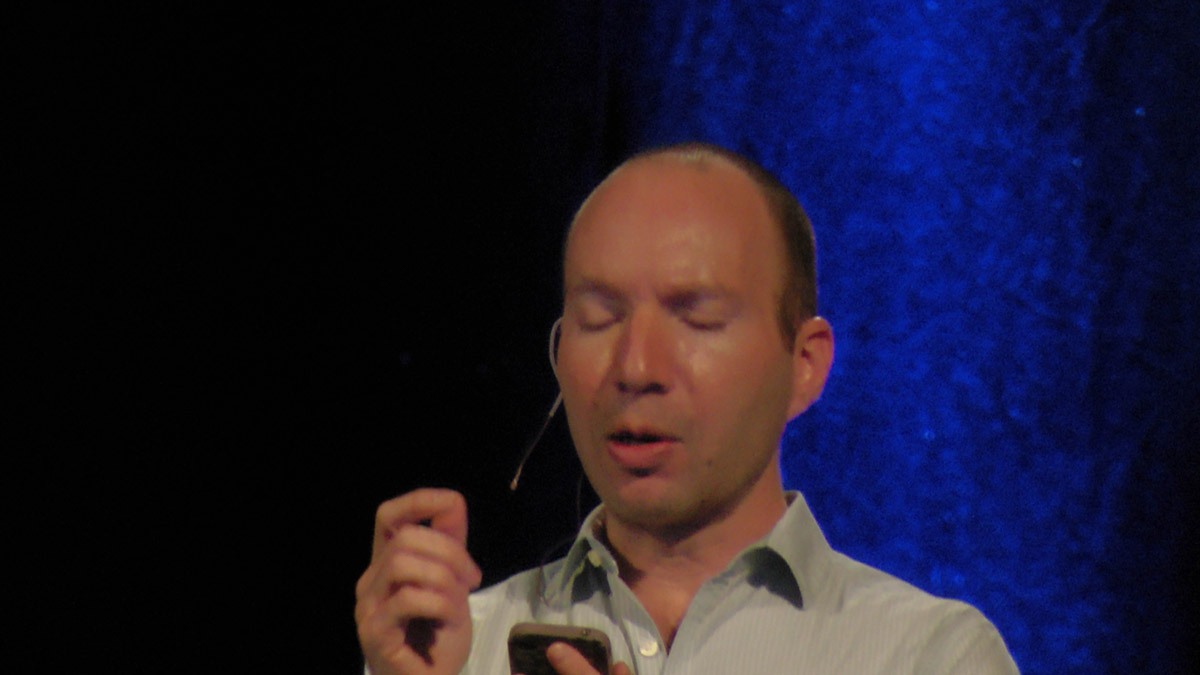
Hemifacial Spasm - General info and Presentation
Hemifacial spasm is a medical condition which features with spasm of the muscles of one side of the face. It usually affects middle aged people. The patient experiences repeated twitching and contractions of the muscles. Contractions and twitching are involuntary. In severe form of the disease the spasm may affect the entire face. In the beginning spasms usually affect muscles around the eyes and further progression of the disease features with spread of the spasm onto the lower facial muscles.
Hemifacial spasm occurs due to insufficient blood supply to the seventh cranial nerve. The treatment for hemifacial spasm includes medications, injections and surgery.
Muscle spasm fist affects the eyes. So the patients feel twitching of the eye as the first symptom. This muscle spasm spreads down to the lower parts of the face. This path of the spasm is reported in 92% of all patients. However, in some people spasm may initially start near the chin and then spread upward. Involuntary contractions of the muscles are usually not painful. Still, the patients may feel embarrassed in front of other people because they simply cannot control the twitching.
Causes of Hemifacial Spasm
Injury to the facial nerves is only one cause of hemifacial spasm. The facial nerves transmit signals from the brain to the facial muscles. Any damage to these muscles interferes in proper transmission of the signals which may eventually result in uncontrollable twitching. The damage to the facial nerves is caused by trauma or certain tumors. One potential culprit which leads to compression of the facial nerves and consequent hemifacial spasm is a dislocated blood vessel.
The very beginning of the facial nerve is located in the brainstem. The nerve starts at a point which is next to the anterior inferior cerebellar artery. This artery may be responsible for increased pressure onto the facial nerve and contraction of facial nerves.
Hemifacial spasm may be also related to Bell's palsy. Bell's palsy is a medical condition which occurs due to inflammation of the facial nerve. It affects one side of the face, but unlike hemifacial spasm Bell's palsy causes paralysis of the affected muscles.
Hemifacial Spasm Treatment
Patients are initially treated with certain medications such as anticonvulsants. These medications are usually administered in case of seizures. Carbamazepine and Phenytoin are commonly prescribed to people with hemifacial spasm. Muscle relaxants are also good and may help with involuntary contractions. Baclofen, Diazepan, and Clonazepam are usually prescribed to patients.
Hemifacial spasm may be brought under control with Botox injections. And finally, if the patient does not respond to medications and Botox injections he/ she may need to undergo surgery. The most commonly performed surgical procedure for hemifacial spasm is microvascular decompression.


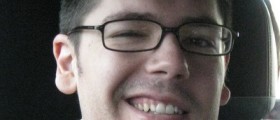
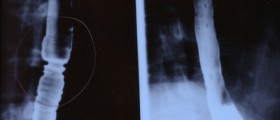
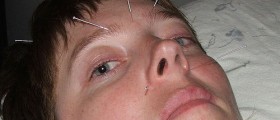

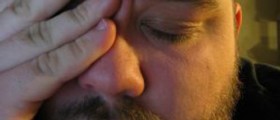

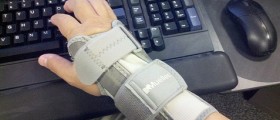



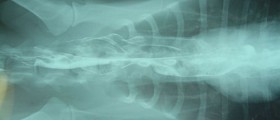

-Causes,-Symptoms,-Diagnosis,-Treatment_f_280x120.jpg)

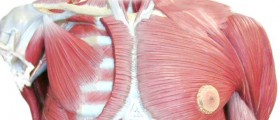
Your thoughts on this
Loading...